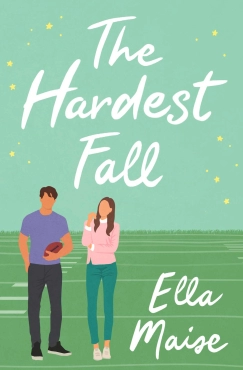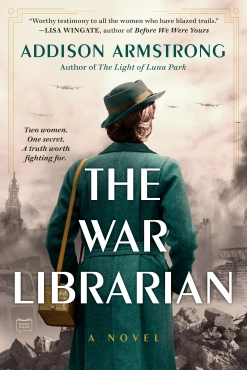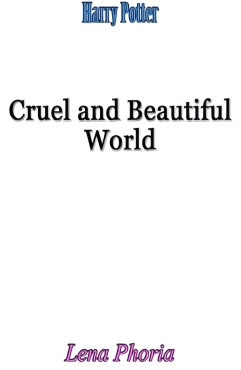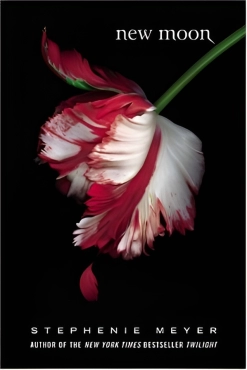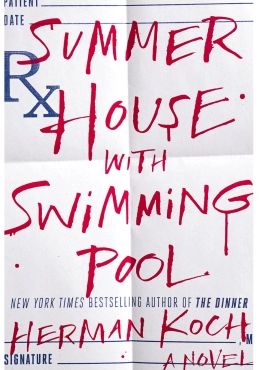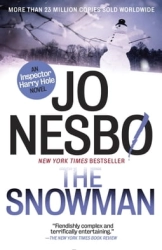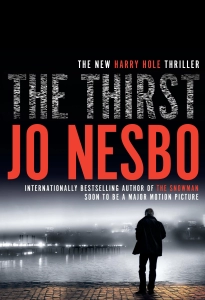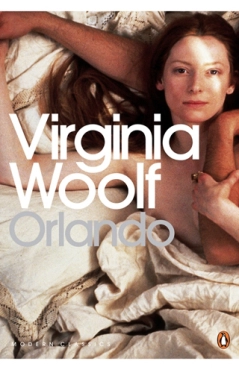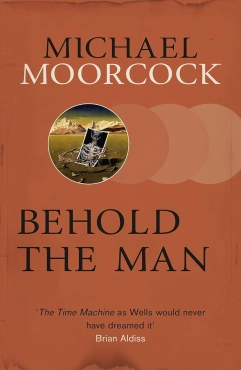T. J. English "Dangerous Rhythms" PDF
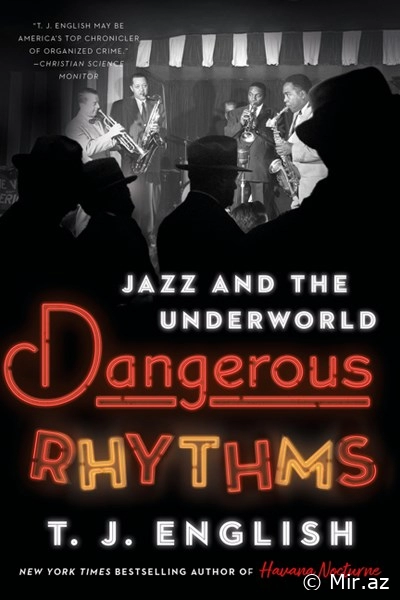
- Author:
-
Language:

- Genre: Nonfiction | Musicals Books | True Crime Books
- Viewed: 14
- Timestamp:
- Uploader:
From T. J. English, the New York Times bestselling author of Havana Nocturne, comes the epic, scintillating narrative of the interconnected worlds of jazz and organized crime in 20th century America.
Dangerous Rhythms tells the symbiotic story of jazz and the underworld: a relationship fostered in some of 20th century America's most notorious vice districts. For the first half of the century mobsters and musicians enjoyed a mutually beneficial partnership. By offering artists like Louis Armstrong, Earl "Fatha" Hines, Fats Waller, Duke Ellington, Billie Holiday, Lena Horne, and Ella Fitzgerald a stage, the mob, including major players Al Capone, Meyer Lansky, and Charlie "Lucky" Luciano, provided opportunities that would not otherwise have existed.
Even so, at the heart of this relationship was a festering racial inequity. The musicians were mostly African American, and the clubs and means of production were owned by white men. It was a glorified plantation system that, over time, would find itself out of tune with an emerging Civil Rights movement. Some artists, including Louis Armstrong, believed they were safer and more likely to be paid fairly if they worked in "protected" joints. Others believed that playing in venues outside mob rule would make it easier to have control over their careers.
Through English's voluminous research and keen narrative skills, Dangerous Rhythms reveals this deeply fascinating slice of American history in all its sordid glory.
Dangerous Rhythms tells the symbiotic story of jazz and the underworld: a relationship fostered in some of 20th century America's most notorious vice districts. For the first half of the century mobsters and musicians enjoyed a mutually beneficial partnership. By offering artists like Louis Armstrong, Earl "Fatha" Hines, Fats Waller, Duke Ellington, Billie Holiday, Lena Horne, and Ella Fitzgerald a stage, the mob, including major players Al Capone, Meyer Lansky, and Charlie "Lucky" Luciano, provided opportunities that would not otherwise have existed.
Even so, at the heart of this relationship was a festering racial inequity. The musicians were mostly African American, and the clubs and means of production were owned by white men. It was a glorified plantation system that, over time, would find itself out of tune with an emerging Civil Rights movement. Some artists, including Louis Armstrong, believed they were safer and more likely to be paid fairly if they worked in "protected" joints. Others believed that playing in venues outside mob rule would make it easier to have control over their careers.
Through English's voluminous research and keen narrative skills, Dangerous Rhythms reveals this deeply fascinating slice of American history in all its sordid glory.
T. J. English "Dangerous Rhythms" PDF
Only registered users can download the book.
Donate
Donate to Support Mir.az!
We have opened a Patreon account to keep our website active and we are waiting for your support. Even if it's just a few dollars, your contribution means a lot to us... Why do we need your support?Comments 0
Write a comment
There are no comments yet, this is your chance to write the first comment!
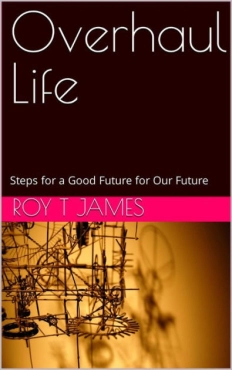
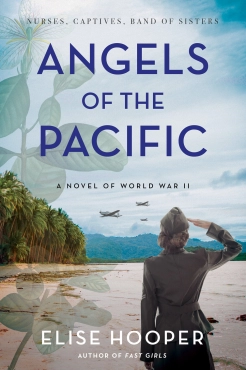
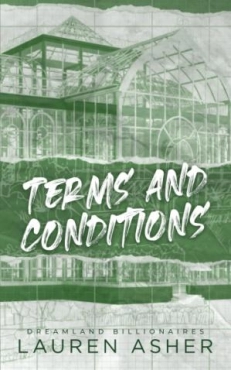
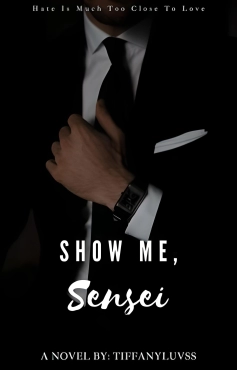
 Follow us on Telegram
Follow us on Telegram
 t.me/mirazen
t.me/mirazen
 Follow us on Instagram
Follow us on Instagram
 Follow us on Twitter
Follow us on Twitter
